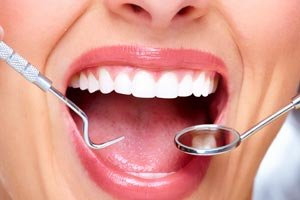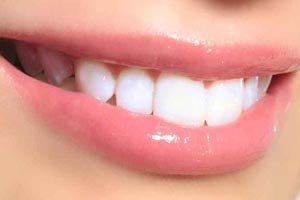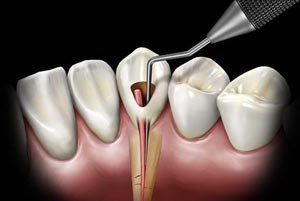Gum Disease
Signs of Gum Diseases
If you notice any of the following signs of gum disease, schedule an appointment immediately:
» Gums that bleed when you brush your teeth
» Red, swollen or tender gums
» Gums that have pulled away from the teeth
» Bad breath that doesn't go away
» Pus between your teeth and gums
» Loose teeth
» A change in the way your teeth fit together when you bite
» A change in the fit of partial dentures
Non Surgical Periodontal Treatments
Scaling and Root Planing:
Manually removing the plaque and tarter from the root surfaces of your teeth below the gum line.
Antibiotics:
Because bacteria cause periodontitis antibiotics may be prescribed as pills or as an Antibiotic fiber. The fibers are used in conjunction with scaling and root planing. They are placed directly into the pockets and are removed within 7-10 days later. Antibacterial mouth rinses may also be recommended to help plaque control.
Bite correction:
An imbalanced bite may accelerate bone destruction. Your teeth may be adjusted for proper and better function. A Bite-guard (removable retainer fitting over teeth) may be required to protect teeth surfaces and relax tense muscles.
Splinting:
This technique attaches weak teeth together, combining them into a stronger single unit, making them more stable and offering more comfortable chewing.
Surgical Periodontal Treatments
Flap Surgery:
Our periodontist separates the gum from the teeth creating a "flap" and accesses the infected pocket. It aims to reduce pocket depth and increase the ability to maintain the remnant pockets clean.
Gingivectomy:
This procedure is performed when excess amounts of gum growth around the teeth have occurred. This results in false pocket formation and the inability to keep them clean.
Osseous (bone) surgery:
This procedure is done to smooth shallow craters and defects in the bone due to mild or moderate bone loss.
Guided Tissue Regeneration:
This procedure is done in combination with a surgical flap operation where gum growth into a defect is barriered off to allow slower growing bone, cementum and ligament cells to populate a bony defect.
Bone Grafts:
Tiny fragments of the patient's bone, synthetic bone or bone obtained from a bone bank are used to fill a bony defect around the teeth. These grafts act as a scaffold on or around which patients own bone is conducted or induced to grow.
Soft Tissue Graft (Gum Grafts):
In cases of gum recession a graft is usually taken from the palate and transplanted onto the receding area to reinforce the thin gum and to inhibit further gum recession.













